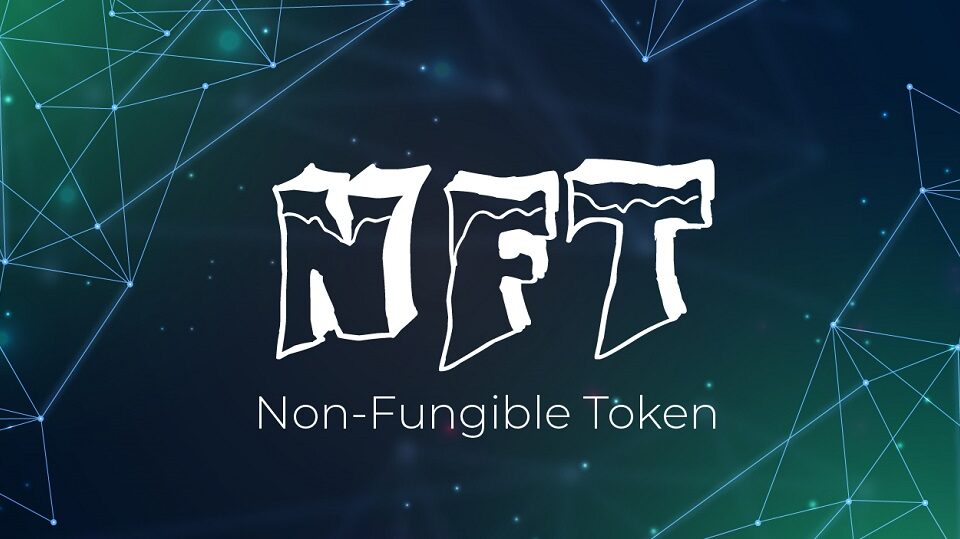Everywhere you look, everyone from Wall Street to hip-hop is investing in NFTs.
On this site alone, we’ve revealed that everyone from Nas to Jim Jones has gotten in on the craze. And with the way things are going, NFTs shows no signs of slowing down in popularity.
But, unfortunately, as with all things, there are many misconceptions about what NFTs are — and what they aren’t.
So we decided to break down both of them for you.
What are NFTs?
The definition of “NFT” is “non-fungible token.” In a nutshell, what that means is that it’s a unique token that cannot be changed, modified, or otherwise destroyed.
Let’s compare it to something that is fungible — to give an example we’re all familiar with, let’s use a typical currency-based transaction.
When you walk into a store to buy some groceries, you exchange your money for the item of value. Let’s say a gallon of milk, for ease of comparison, is $2. You pay the cashier the $2, you get your milk, and you go about your merry way. That’s an example of a fungible transaction.
A non-fungible transaction, however, is a one-of-a-kind transaction. For example, let’s say — as is in the case of all your favorite hip-hop stars engaging in the NFTs market — you get a one-of-a-kind piece of digital artwork created by, just as an example, Snoop Dogg. When you get that piece of digital artwork, you’re engaging in a non-fungible transaction — because if you trade that Snoop Dogg piece of artwork for, say, a Kanye West piece of artwork, you’re getting two different things. What’s more, if you hold on to the Snoop Dogg piece of artwork, its monetary value can and will fluctuate based on the demands of the market.
How Do NFTs Work?
The Verge has a great, brief explainer on how NFTs work.
“At a very high level, most NFTs are part of the Ethereum blockchain,” they report. “Ethereum is a cryptocurrency, like bitcoin or dogecoin, but its blockchain also supports these NFTs, which store extra information that makes them work differently from, say, an ETH coin. It is worth noting that other blockchains can implement their own versions of NFTs. (Some already have.)”
Are they worth it?
With all the money floating around in the NFTs marketplace, the question still begs itself: are they worth the investment?
And the short answer is, it depends on who you ask.
Some experts believe that they’re the wave of the future. “Collectibles are an integral part of wealth. There are financial funds invested in digital collectibles,” said Bettinna J of BettyMedia. “Art is a BIG business. What I do see is it will definitely help the art world and artists, and digital art will be an even bigger business. Digital art has been around for a long time. Digital art offers artists to be as creative as they want to be, to explore in so many ways while maintaining and tracking their works on the blockchain. If someone purchases an NFT, the new owner can resell, distribute or license the digital asset. Here’s the beauty of NFTs, a creator can add programmable code and set direct terms and limitations of the NFT. They can choose how it can be distributed, where, to what platform and the artist or creator of the NFT can get royalties directly every time it’s resold.”
But other experts are a lot less sanguine about the future of NFTs.
“The concept behind blockchain and NFTs is that, when something is done once and or created specifically in a certain way once, it can be 100% unique and if anyone tries to create anything like that again, the blockchain itself will know that this thing already exists,” said Damon Abramson of Harmony Technologies. “Works of art that are unique and non-replicable, that’s the concept behind this, but realistically, anyone can make a perfect digital copy of a piece of art and send it anywhere to display it anywhere.”
So, as with any other investment, discernment is key — and talking to a professional before you spend your hard-earned money is a common-sense move.
